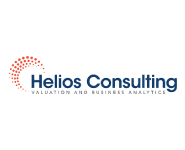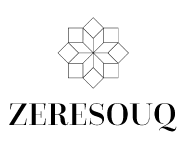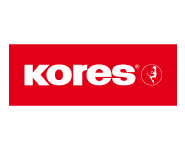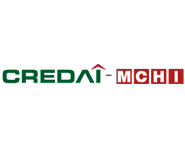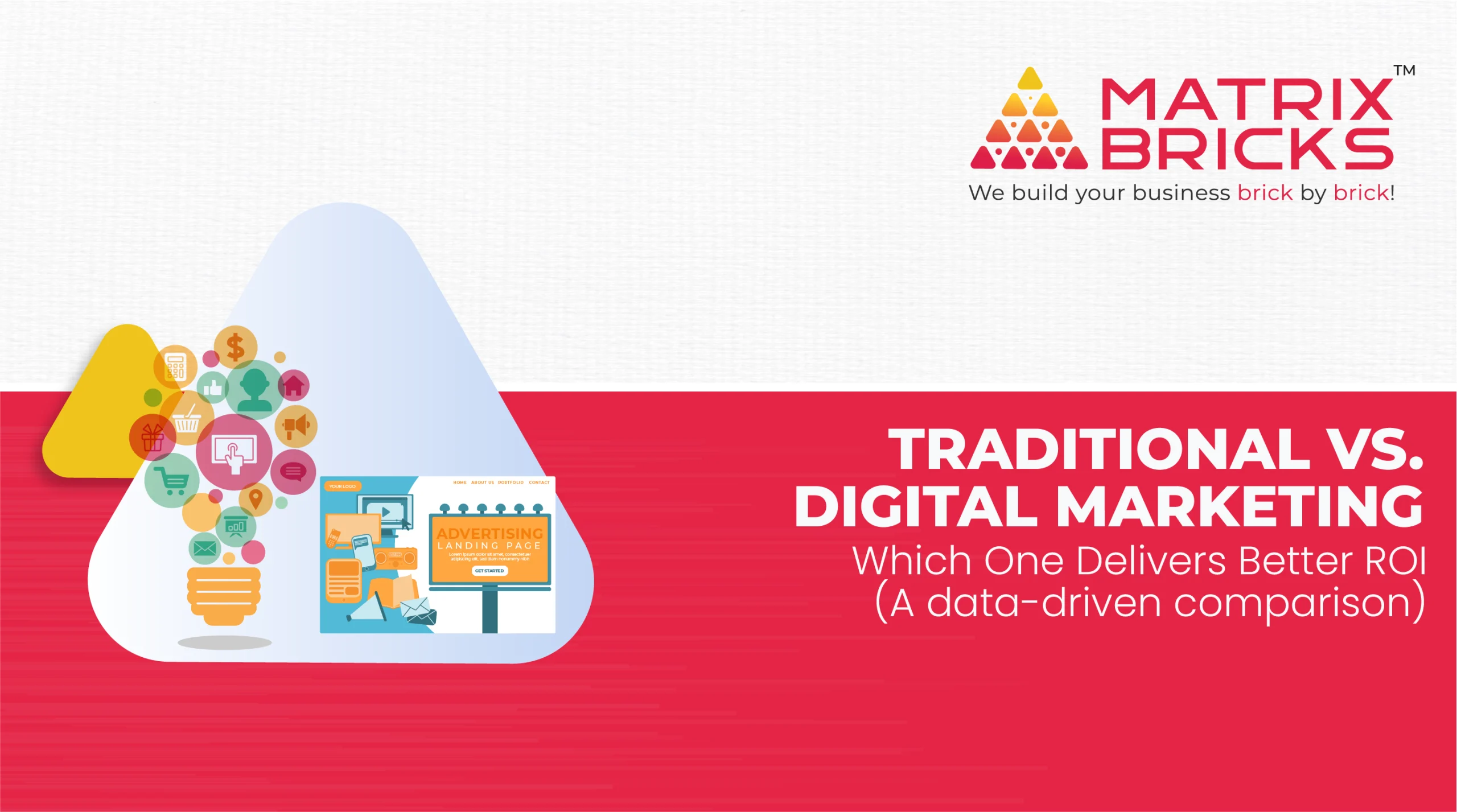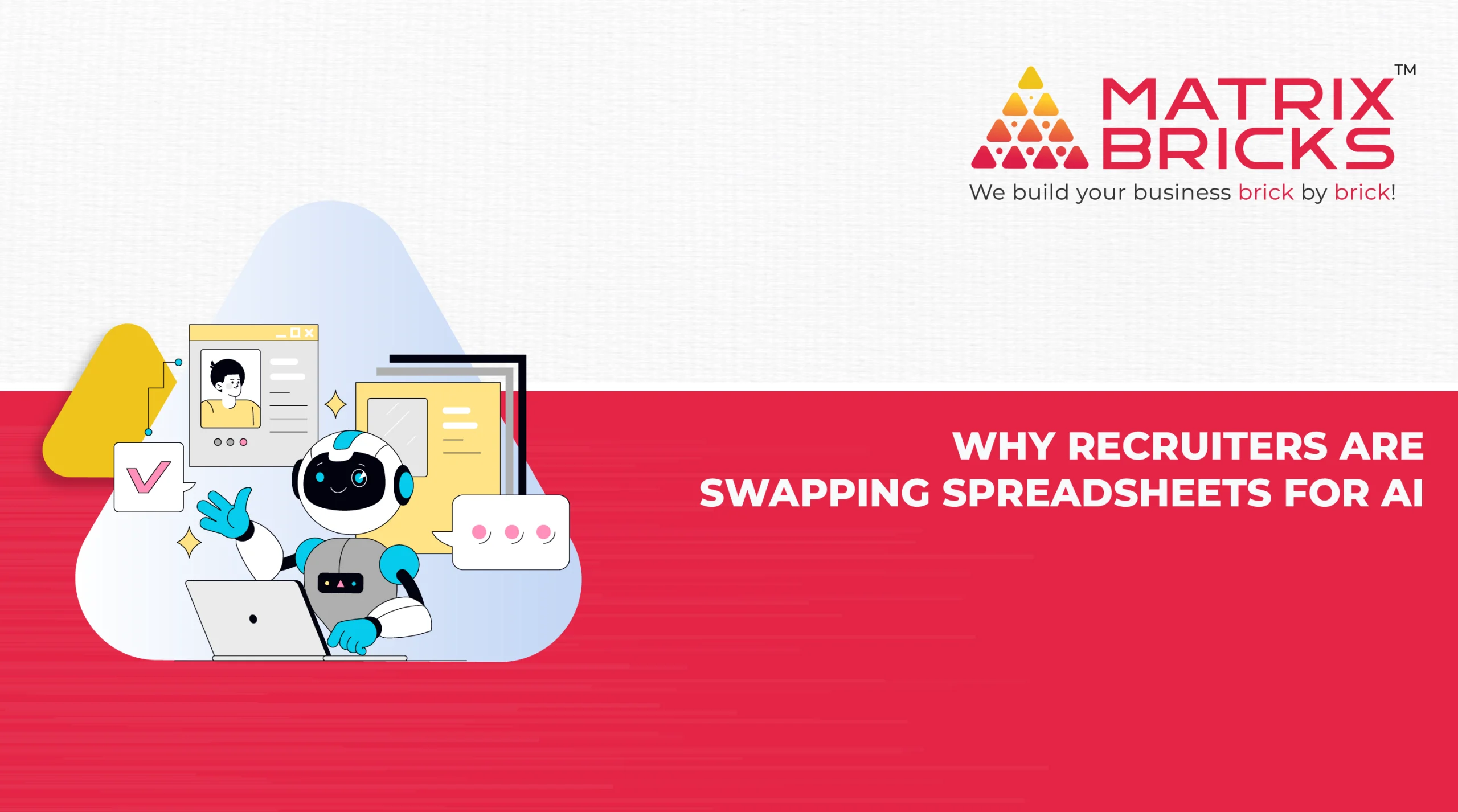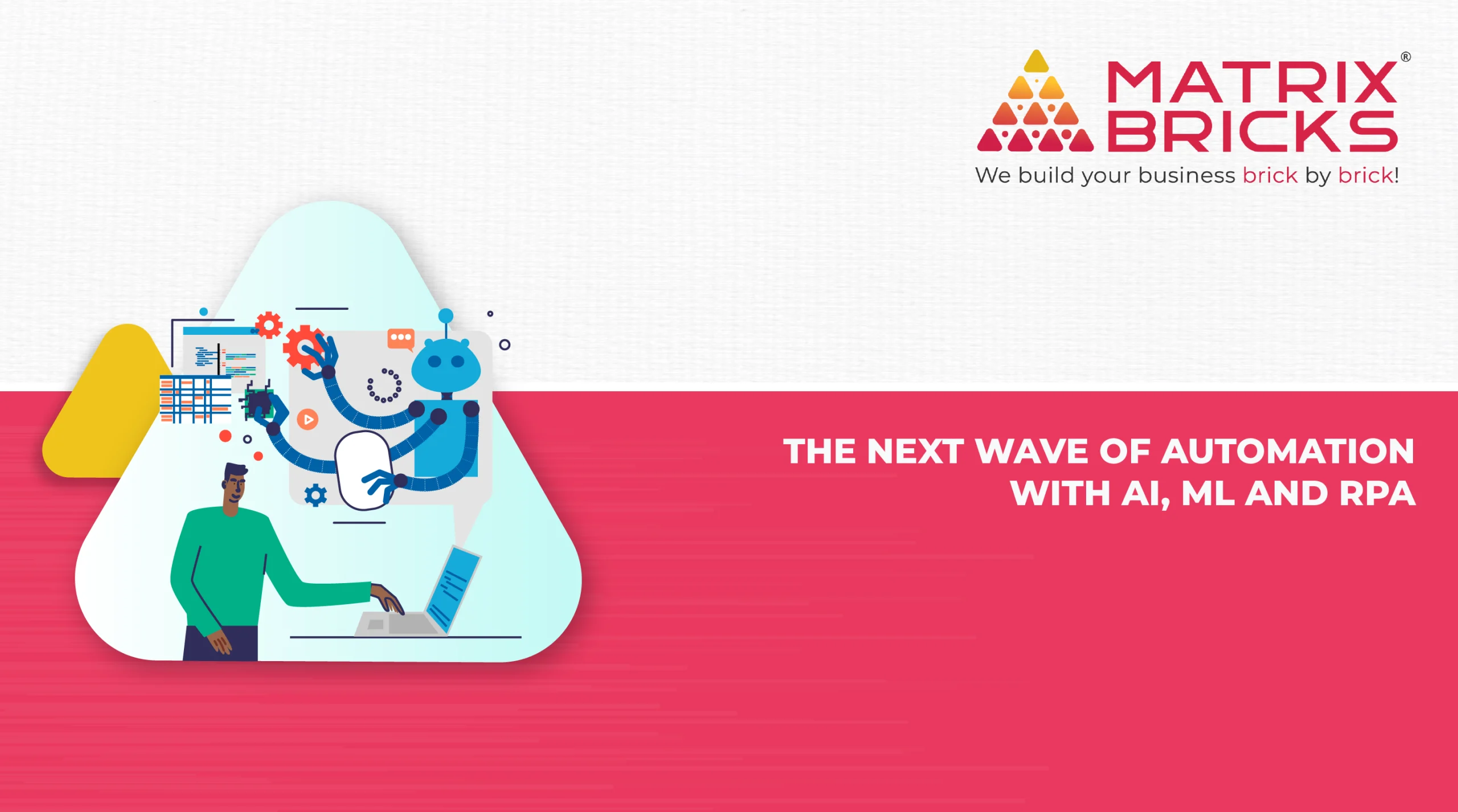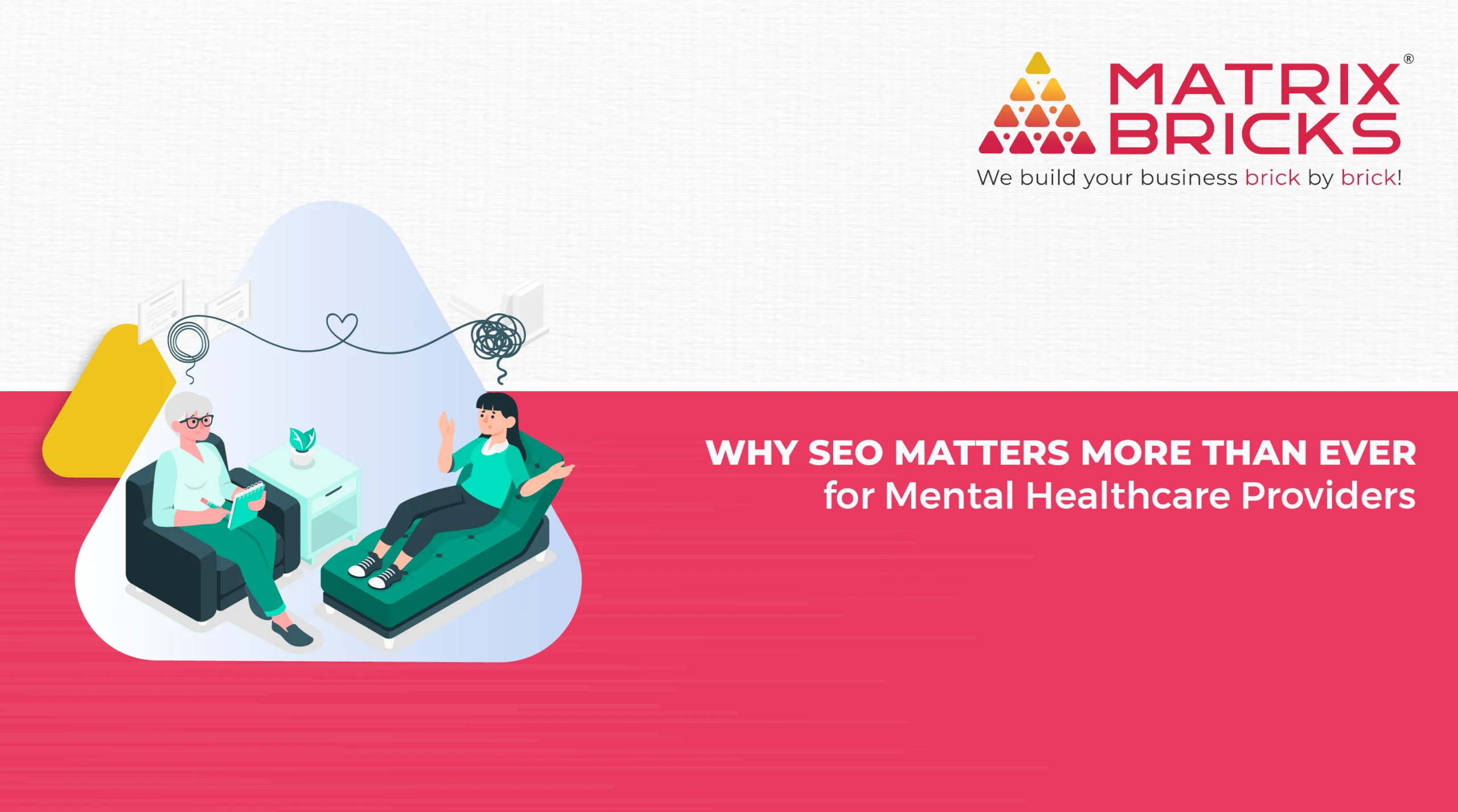Our Process as a Product Engineering Expert
Product engineering forms the cornerstone of success for any product engineering company, encapsulating the entire journey of designing, developing, testing, and launching a software product or application. This process requires a comprehensive approach that unites technical skill, user experience, and business strategy to deliver solutions that are both innovative and ready for the market.
Role in Software Development
Bridging the Gap Between Vision and Reality
Ensuring Market Readiness
Fostering Innovation
Cost Management
Alignment with Agile and DevOps
The Phases of Product Engineering
Ideation
Requirements Gathering and Analysis
Design
Architecture Design
Development
Quality Assurance and Testing
Deployment
Maintenance
Enhancement
Retirement
Integrations for Enhanced Efficiency
The role of software system integration in today’s connected world cannot be overstated. For a product engineering firm, delivering integration solutions means:
Seamless Workflow Management
Connecting diverse systems enables organizations to automate workflows and reduce manual tasks, resulting in greater efficiency.
Scalability and Adaptability
By designing integration solutions that can evolve with business growth, companies ensure long-term viability.
Custom Integration Solutions
Tailoring API designs and data management strategies to fit specific business needs helps maintain high levels of security and data integrity.
Improved Customer Experience
Integrating software systems enables a more cohesive and personalized user experience by leveraging data and capabilities across multiple platforms.
Third-party
Integrations
Collaborating with third-party vendors and integrating external services ensures that clients have access to the best technology without building it from scratch.
Key Services of Product Engineering
A comprehensive array of services positions companies as valuable partners in the digital landscape. Essential services offered by a product engineering services company in the USA include:



Prototyping and MVP Development
Technical Consulting and Strategy
Cloud Integration and Migration
AI and Machine Learning Solutions
Continuous Improvement and Support
Compliance and Security Assurance
Mobile and Web App Development
User Training and Documentation
Get Your Free Audit Now!
Frequently asked questions
What is product engineering?
How does product engineering differ from other software development?
What services do product engineering companies offer?
How does product engineering contribute to software as a product?
How can businesses benefit from partnering with product engineering companies?
How do product engineering companies ensure the scalability of software products?
What technologies are commonly used in the product engineering process?
How do product engineering companies ensure the security of software products?
What strategies do product engineering companies use for continuous integration and continuous deployment (CI/CD)?
What trends are shaping product engineering?
Client Testimonials



